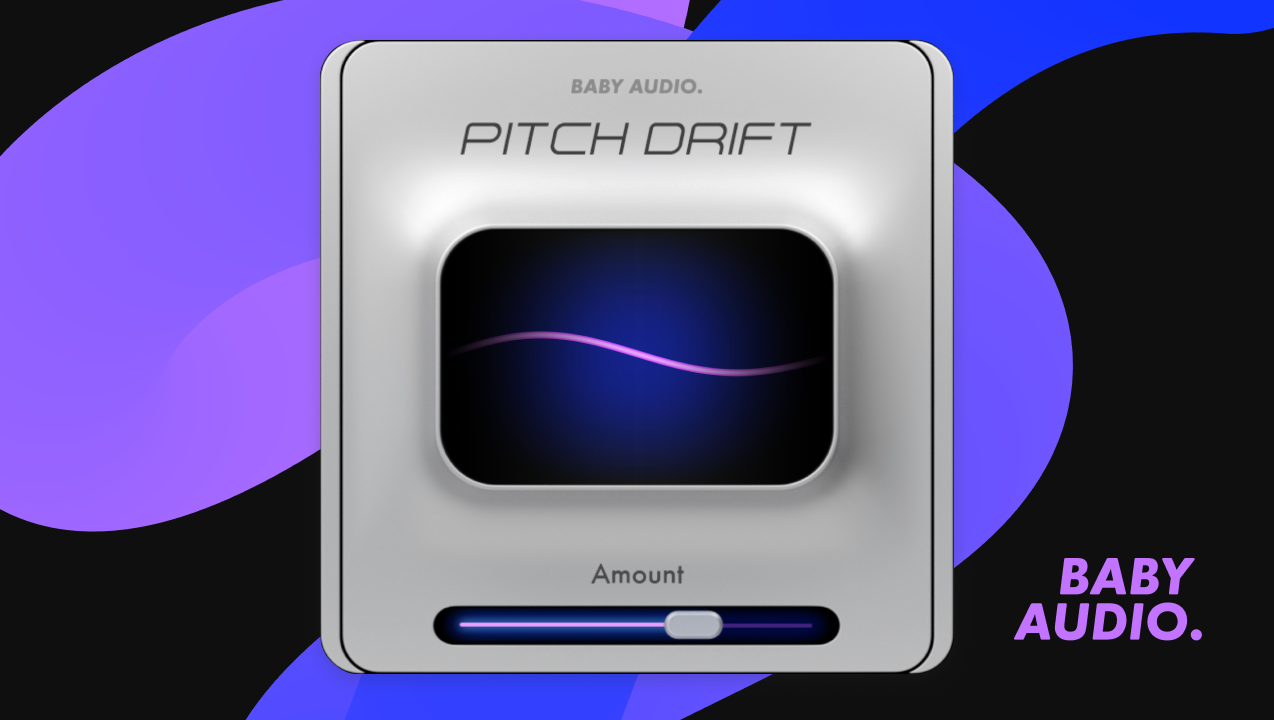New York Compression: How to Get Punch and Power in Your Mix

New York compression is another name for the classic parallel compression effect.
It’s a secret weapon for punchy and powerful compression that’s become a go-to technique for many engineers.
But what is it that makes New York compression unique, and how can you use it effectively in your mix?
In this article I’ll break down the basic NY-style compression setup, explain how it works and suggest common ways to use it to get the most from its unique effect.
What is New York compression?
New York compression refers to the practice of blending compressed audio with the original, unaffected signal in parallel.
More commonly called parallel compression, the technique allows engineers to balance heavier gain reduction settings with a sound’s original dynamics to get the best of both.
The term New York-style compression comes from the technique’s popularity among mix engineers in New York City in the 1990s.
It’s especially effective on drums and percussion that need to sound both punchy and fat in the mix.
Today, parallel compression is often used in plugin form as an alternative to traditional compressor workflows in mixing.
Why use New York compression in a mix?
Carefully applied compression comes with plenty of benefits in a mix.
From controlling dynamic vocal performances to adding rhythmic action to an entire track, you’ll likely use some form of compression on every sound in your session.
Even so, you’ve probably encountered some situations where getting the right settings isn’t easy.
One of the clearest examples is percussive elements such as loops, samples or acoustic drums.
In some cases, the song or style may call for intense drum compression that makes the hits sound fat and sustained.
And while heavy compression can sound great in isolation, it may result in drums that feel flat and lifeless in the mix.
The reason why has to do with transients and dynamic range.
The transient refers to the initial moment when the onset of the sound takes place. They last only a short time, but they give your brain lots of information about the timbre of the sound.
These short bursts react strongly to compression because they’re so dynamic. The difference between the loud initial burst and its quiet decay can be extreme.
When it comes to percussion, the transients are especially important. After all, they’re a huge component of short percussive hits such as snares and hi-hats.
With a traditional compressor, the attack and release controls tailor how the gain reduction acts on the transients.
But these controls alone are not always enough. Getting the right weight and sustain without squashing the transients isn’t always possible with the standard approach.
That’s where NY-style compression comes in.
With a parallel setup, the unaffected dry signal can add punch and dynamics back from the original sound.
How to set up New York compression in your DAW
With the basics out of the way, here are three main methods to set up NY parallel compression in your DAW.
Duplicate the track
The simplest method to create a parallel signal chain is to duplicate the track and insert a compressor plugin on the copy.
Simply blend between the two with the channel faders to adjust the blend of compressed and uncompressed signal.
Aux return channel
Duplicating tracks may be the simplest, but it’s not always the most flexible or efficient.
The most common way to set up parallel signal flow is using aux sends and returns.
Create a new aux return channel and enable its send on the track that contains the original audio.
Insert the compressor on the return channel and blend between the two using the return channel’s fader.
Mix control
Some compressor plugins come with a dedicated control for parallel blending.
Usually labeled as a mix, or wet/dry blend control, these plugins manage all the parallel processing under the hood.
This lets you experiment with parallel settings without any additional setup to configure the signal path. All you need to do is adjust the balance using the mix control to dial in the right blend.
Our IHNY-2 plugin is built from the ground up to make it easy and effective to dial in great parallel compression sounds.
IHNY-2 excels anywhere you need bold, stylish compression that encourages experimentation.
It’s graphical XY control gives you hands-on control of compression intensity and wet/dry blend for intuitive parallel mixing.
Where to use NY-style compression for a better mix
Here are three situations where IHNY-2 can help you dial in perfect parallel compression sounds.
Drums
As I explained above, drums and percussion are a perfect match for parallel compression.
Using IHNY-2, Start with the XY pointer in the top right position for 100% mix, and 100% amount.
Then open the tweak panel to dial in the advanced controls while focusing on the compression sound only.
A short release time will produce an intense pumping effect and a short attack time will yield an aggressive clampdown on the transient.
Experiment with these parameters until you get heavy but musical compression.
Then simply decrease the intensity of the effect by moving the pointer position until you strike the right balance wet and dry.
Vocals
Vocals are another source that usually require a delicate approach to compression.
While it’s common for engineers to use multiple compressors in series on vocals, parallel compression is also popular.
When it comes to vocals, parallel techniques are often used with compressors that add too much color to retain the original character of the vocal.
IHNY-2 can behave this way if you turn its Punch and Harmonics controls up high.
If it ever feels overwhelming, simply back off the mix to let the dry vocal shine through.
DI Bass
Recording direct using a DI box is a common method of capturing bass guitar.
But it can leave a lot to be desired compared to miking up a loud amp. That said, DI tracks are usually clearer and easier to integrate into a dense mix.
To help bridge the gap, parallel compression can fill in the missing sustain without squashing the attack too much.
Try a medium attack and a long release time to keep each note’s intensity up throughout its duration.
I Heart New York
New York compression must have seemed like a revelation when it was first popularized in modern mixing.
Luckily for today’s producers the technique is easier than ever to take advantage of in your DAW.
Whether you’re looking for punch and power or controlled color, there are plenty of different applications to try.
Now that you know the basics, get back to your DAW and squash some transients in parallel with IHNY-2.
Powerful parallel compression
Add punch and impact to any source in your session with the industry's hardest-hitting compressor. With an internal parallel signal path for easy blending between wet and dry, IHNY-2 makes it simple to achieve the perfect balance of clarity and aggression for drums, vocals, full mixes and beyond.









